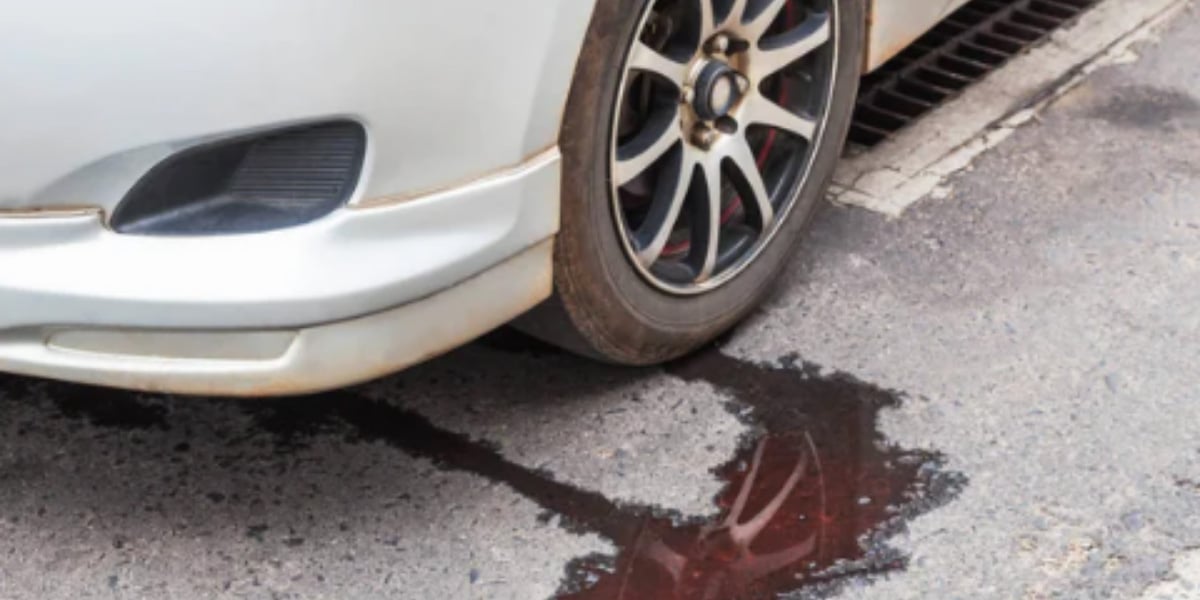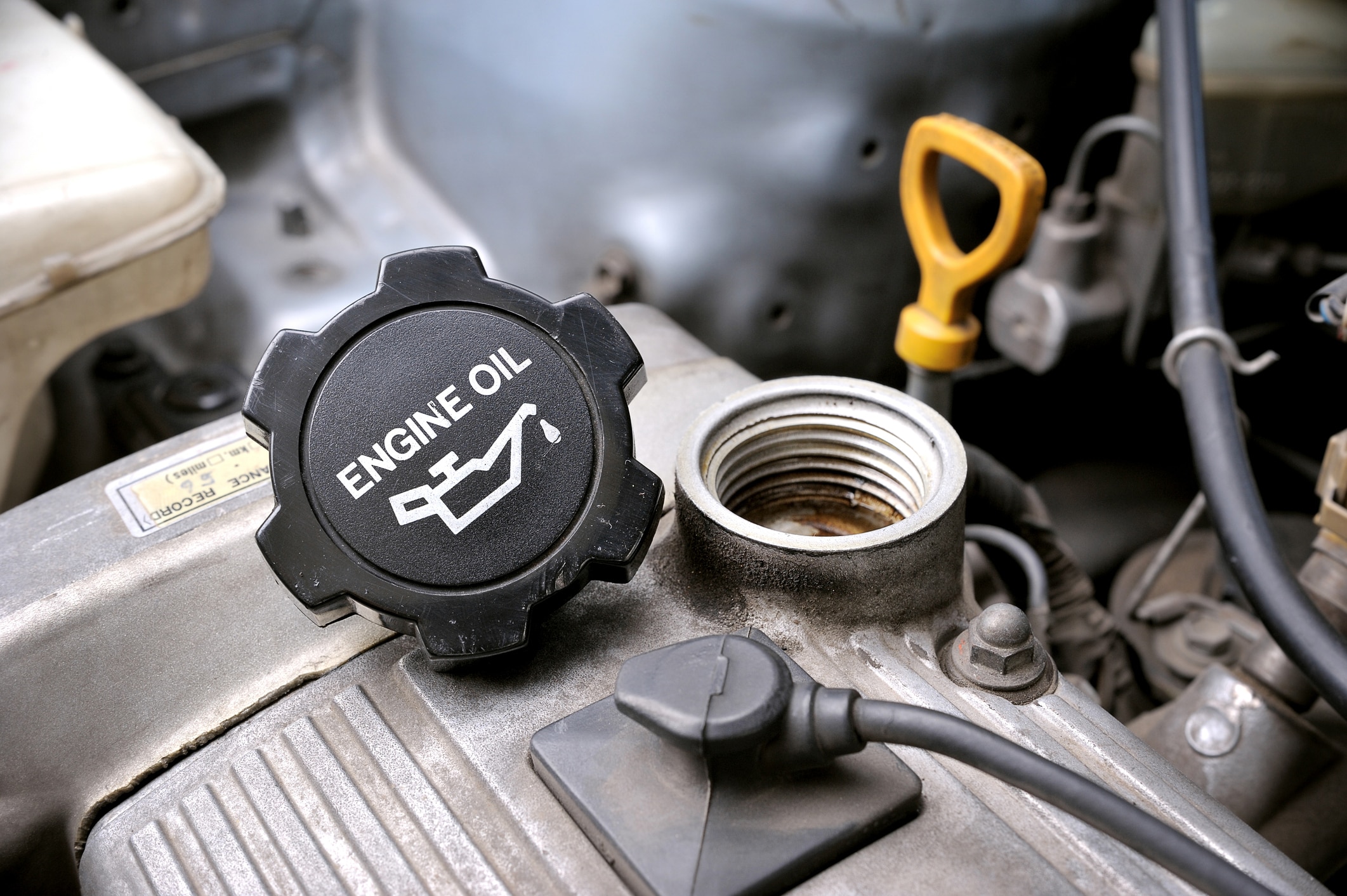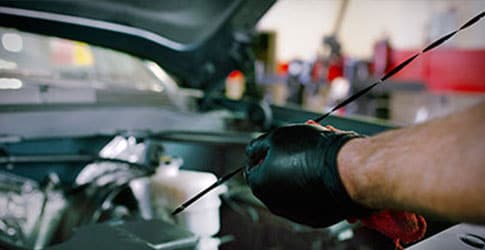Identifying the Oil Leak in Your Car
Identifying the location of the oil leak is crucial in determining the appropriate steps for repair. Look for signs of oil pooling or dripping underneath the vehicle or on the ground. Check the engine bay for any visible oil stains or wet spots. Using a clean cloth, wipe areas around the engine and transmission to see if oil residue is present. Take note of the location and extent of the leak for accurate diagnosis and resolution.
Identifying the location of the oil leak

When dealing with an oil leak in your car, it is important to identify the location of the leak. Look for signs of oil pooling or dripping underneath the vehicle or on the ground. Inspect the engine bay for visible oil stains or wet spots. Wipe areas around the engine and transmission with a clean cloth to check for oil residue. Note down the location and extent of the leak for accurate diagnosis and resolution.
Understanding the common causes of oil leaks in vehicles

Oil leaks in vehicles can be caused by various factors. Common causes include worn or damaged gaskets, seals, and O-rings, which can lead to leaks in the engine, transmission, or other components. Other possible causes include loose or damaged oil filters, cracked oil pans, and faulty drain plugs. It is important to identify the specific cause to effectively address the oil leak and prevent further damage to the vehicle.
Assessing the Severity of the Oil Leak

When dealing with an oil leak in your car, it is crucial to assess the severity of the leak. One way to determine the extent of the leak is by observing the oil puddle beneath the vehicle. A small leak may produce a few drops of oil, while a severe leak can result in a continuous stream of oil. Additionally, inspecting the oil level in the engine can provide insight into the severity of the leak. If the oil level is significantly low, it indicates a potentially serious issue.
Determining the extent of the leak

To determine the extent of an oil leak, observe the amount of oil on the ground. A small leak may result in a few drops, while a severe leak may lead to a continuous stream of oil. Additionally, checking the oil level in the engine can provide insight into the severity of the leak. If the oil level is significantly low, it indicates a potentially serious issue.
Potential risks and consequences of driving with an oil leak

Driving with an oil leak can have significant risks and consequences for both the vehicle and the driver. Continuously operating the vehicle with an oil leak can lead to engine damage, reduced performance, and a higher risk of engine failure. Additionally, oil leakage can cause slippery roads, posing a hazard to other drivers. It is crucial to address oil leaks promptly to avoid these potential dangers.
DIY Solutions to Fix an Oil Leak

There are DIY solutions available to fix minor oil leaks in your car. To repair the leak yourself, follow these steps:
- Identify the location of the leak and inspect the affected area.
- Determine the cause of the leak, such as a loose oil filter or drain plug.
- Tighten any loose components or replace faulty gaskets or seals.
- Use an oil stop leak additive to temporarily seal small leaks.
- Regularly monitor the repaired area for any further leaks.
Remember to use recommended tools and materials specific to your vehicle for effective and safe repairs.
Steps to repair minor oil leaks at home

To repair minor oil leaks at home, start by identifying the location of the leak and inspecting the affected area. Determine the cause of the leak, such as a loose oil filter or drain plug. Tighten any loose components or replace faulty gaskets or seals. Consider using an oil stop leak additive to temporarily seal small leaks. Regularly monitor the repaired area for any further leaks. Remember to use recommended tools and materials specific to your vehicle for effective and safe repairs.
Recommended tools and materials for fixing oil leaks

When fixing oil leaks at home, it is important to have the right tools and materials on hand. The recommended tools include a socket set, torque wrench, oil filter wrench, and a drain pan. Additionally, you will need new gaskets or seals specific to your vehicle, as well as an oil stop leak additive for small leaks. It is crucial to use the proper tools and materials for effective repairs.
Seeking Professional Help for Oil Leak Repairs

When DIY solutions are not sufficient or the severity of the oil leak is high, it is advisable to seek professional help for oil leak repairs. A qualified mechanic is trained to accurately diagnose the issue and perform the necessary repairs using specialized tools and equipment. Professional repairs ensure the long-term reliability and safety of your vehicle.
When to consult a mechanic for oil leak repairs

If DIY solutions do not resolve the oil leak or if the severity of the leak is high, it is recommended to consult a mechanic for professional oil leak repairs. Signs that indicate the need for professional help include a major oil leak, persistent oil smell, or a rapid drop in oil levels. A mechanic's expertise will ensure accurate diagnosis and appropriate repairs for the issue.
Cost estimation for professional oil leak repair services

Cost estimation for professional oil leak repair services will vary depending on several factors, including the location of the leak, the extent of the damage, and the labor rates of the mechanic. On average, the cost of oil leak repair can range from $150 to $1200. It is recommended to obtain quotes from multiple mechanics to ensure you are getting a fair price for the necessary repairs.
Preventing Future Oil Leaks

Regular maintenance is crucial in preventing future oil leaks in your car. Here are some tips to keep your vehicle in good condition and minimize the risk of oil leaks:
- Regularly check and replace the oil filter and gasket during oil changes.
- Inspect the engine and transmission seals for any signs of wear or damage and replace them if necessary.
- Maintain the recommended oil level and viscosity to prevent excessive pressure on seals and gaskets.
- Keep an eye on the oil pan and its gasket for any signs of damage or leaks and address them promptly.
- Avoid over-tightening the oil drain plug to prevent stripping or damaging the threads.
- Be cautious while parking or driving over rough terrain to avoid damaging the oil pan or other components.
By following these maintenance tips, you can significantly reduce the likelihood of oil leaks in your car. Proper care and regular inspections will help keep your engine running smoothly and extend its lifespan.
Routine maintenance tips to prevent oil leaks

- Regularly check and replace the oil filter and gasket during oil changes.
- Inspect the engine and transmission seals for any signs of wear or damage and replace them if necessary.
- Maintain the recommended oil level and viscosity to prevent excessive pressure on seals and gaskets.
- Keep an eye on the oil pan and its gasket for any signs of damage or leaks and address them promptly.
- Avoid over-tightening the oil drain plug to prevent stripping or damaging the threads.
- Be cautious while parking or driving over rough terrain to avoid damaging the oil pan or other components.
Factors to consider for proactive oil leak prevention

Regularly schedule and follow through with routine maintenance such as oil changes and inspections. Use high-quality oil and filters recommended by the manufacturer. Keep an eye on the temperature gauge to avoid overheating. Avoid excessive RPMs and aggressive driving. Promptly address any issues or warning signs related to the engine or oil system. Following these practices will help prevent oil leaks and ensure the longevity of your vehicle.
Conclusion

In conclusion, dealing with an oil leak in your car requires identifying the location of the leak, assessing its severity, and deciding whether to attempt DIY repairs or seek professional help. Regular maintenance and proactive measures can help prevent oil leaks in the future. Remember to consult a mechanic for complex repairs and always prioritize safety on the road. For more information on troubleshooting oil leaks, refer to the additional resources provided.
Summary of key points for dealing with car oil leaks

When dealing with car oil leaks, it is important to first identify the location of the leak and understand the common causes. Assess the severity of the leak to determine the necessary course of action, and consider the risks of driving with an oil leak. DIY solutions can be effective for minor leaks, but seeking professional help is recommended for complex repairs. To prevent future oil leaks, routine maintenance and proactive measures should be taken.
Additional resources for oil leak troubleshooting and maintenance.

There are several additional resources available online that can help you troubleshoot and maintain your car's oil leak. These resources include forums and websites that provide step-by-step guides, video tutorials, and expert advice on identifying oil leaks, diagnosing the causes, and implementing effective solutions. Some popular resources include automotive forums, manufacturer websites, and DIY repair websites. Be sure to consult reliable sources for accurate information and guidance.